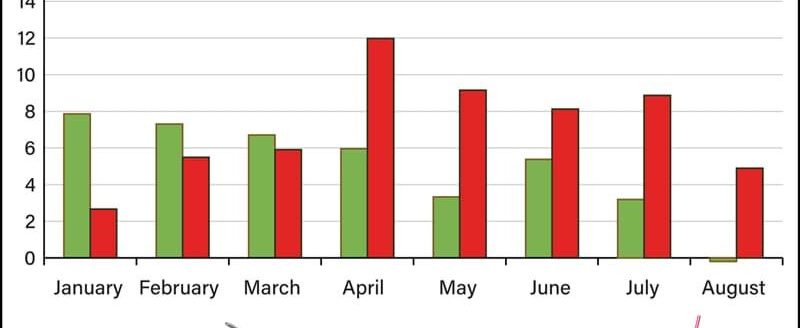Many consumers are frustrated and confused when it comes to food and how it’s produced, according to research and consumer interviews from The Center for Food Integrity.
“Not only are they bombarded with confusing labels, but with conflicting viewpoints and science, and frequent peer pressure to ‘eat this—not that.’” said CFI’s Roxi Beck. “What they’d really love are honest answers from credible sources so they can make confident decisions about the food they choose to eat.”
What consumers want is authentic transparency, CFI research shows. “Most of all they want proof,” said Beck.
“We want to see proof”
During a recent CFI consumer panel when panelists were asked how the food industry can alleviate fears about GMOs, one woman said she doesn’t want food companies simply saying they’re doing something: “We want to see proof” that they’re actually doing it.
She specifically mentioned videos that show how food is produced or that give the other side of trending anti-food industry documentaries or videos. Food Evolution is an excellent example, said Beck. Described by its producers as “not pro-GMO but simply pro-science,” the film shows all sides of the story of genetic modification.
A similar sentiment was echoed in the CFI Street Talk series when consumers were asked how food companies can be more transparent.
“I’ve seen programs where you can actually see where your food and produce go,” said one woman. “Like when the chicken egg hatches and it shows up on your dinner plate. I think those programs are as transparent as you can get.”
“Hunts features videos that highlight farmers and employees and show how tomatoes get into the cans that end up on grocery store shelves,” said Beck. “Campbell Soup Company also has a series about how their food is made. Liption created a video highlighting their commitment to sustainability. The list goes on.”
“A really popular fast-food chain has shifted toward more of an open-look policy where they do videos of their daily oeprations,” said one interviewee in the CFI Street Talk Series. “They actually take video cameras into their factories and do a tour. As a result, people get a glimpe into what’s really going on behind the scenes.”
McDonald’s does just that in its Our Food, Your Questions videos. You can learn how Chicken McNuggets are made, if “McDonald’s beef is real” and what’s in their fries.
Practices in action
“It makes sense when you consider CFI’s transparency research,” said Beck.
CFI measured transparency when it comes to:
- Policies: “What I’m supposed to do”
- Practices “What I actually do”
- Performance “What I did in the past”
- Verification “What someone else proves I did"
“Practices matter most to consumers,” said Beck. “Why? Because showing what you actually dois an illustration of your values in action. And we know from our research that shared values drive trust.”
Show and tell
How are you showing consumers what you do and why?
“Consider sharing video tours online that include interviews to put a face on the industry,” said Beck. “Invite a friendly reporter to your facility or farm for a behind-the-scenes story, post the video to your website and share it broadly via social media. If video isn’t an option, pictures with great captions work, too.”
If there’s an opportunity, open your doors for in-person tours, she said.
“There are many options to show what you do and we encourage you to consider enhancing your engagement,” said Beck. “In any relationship—actions do speak louder than words.”
To learn more about CFI’s transparency research and training, visit www.foodintegrity.org.




